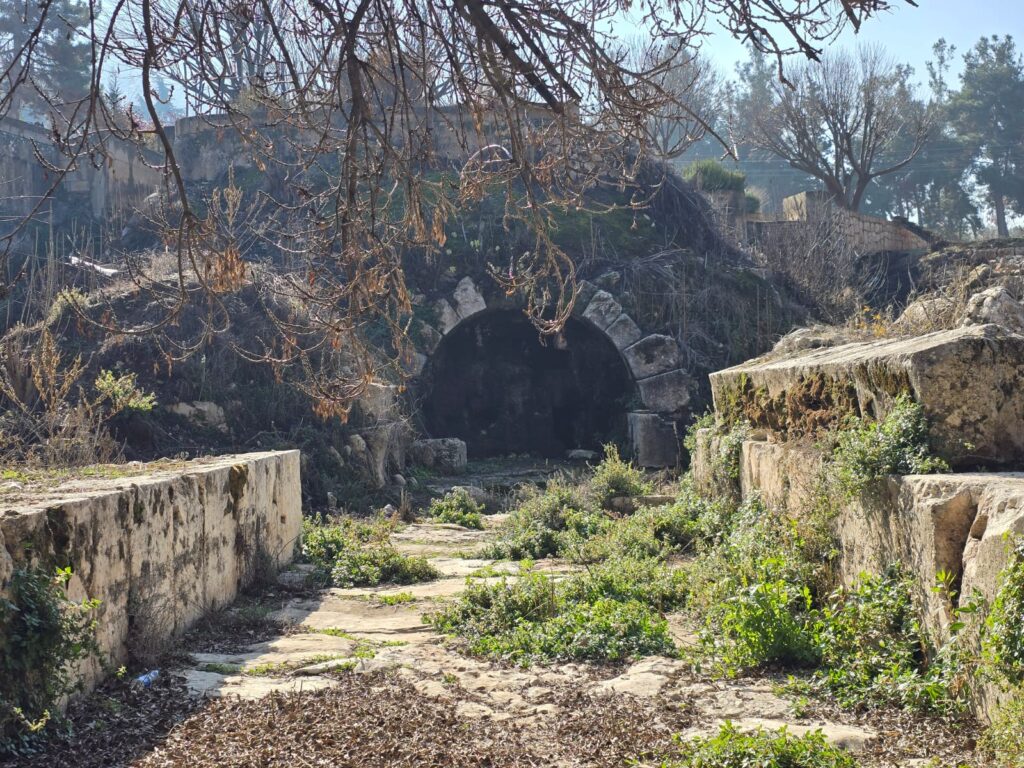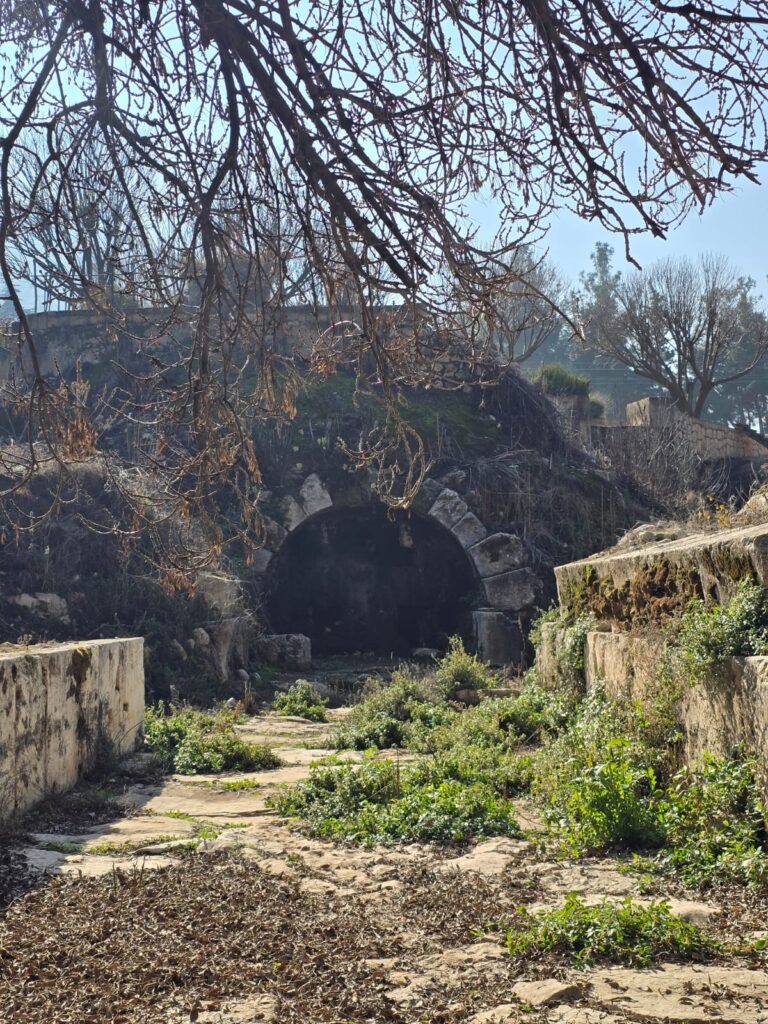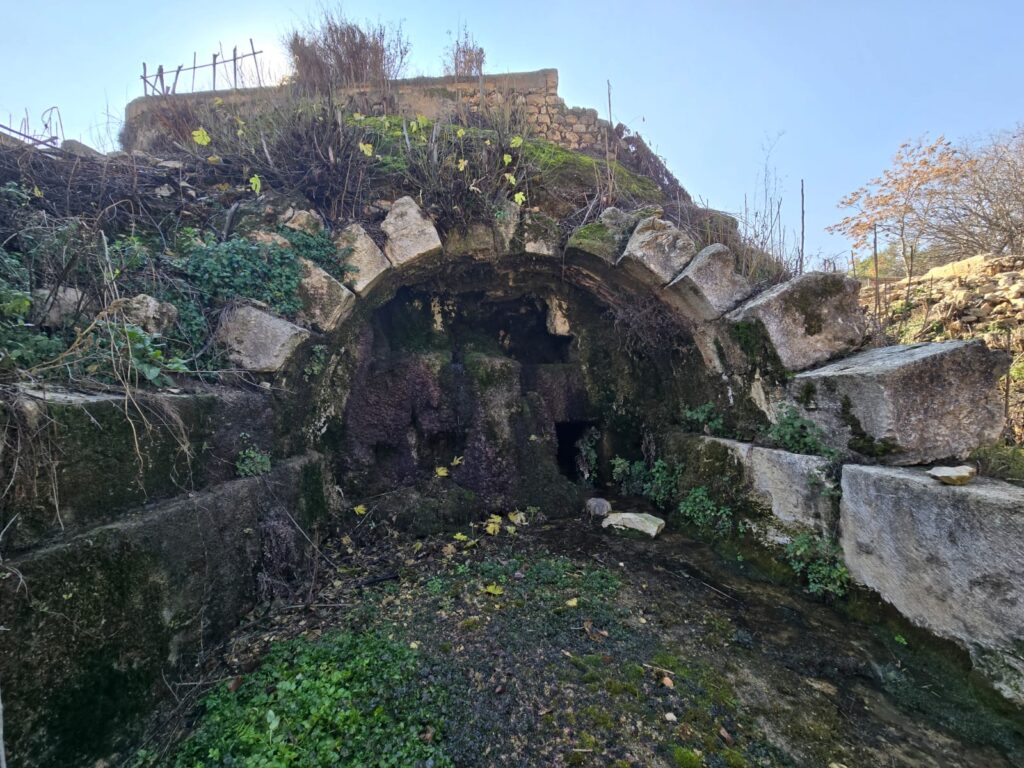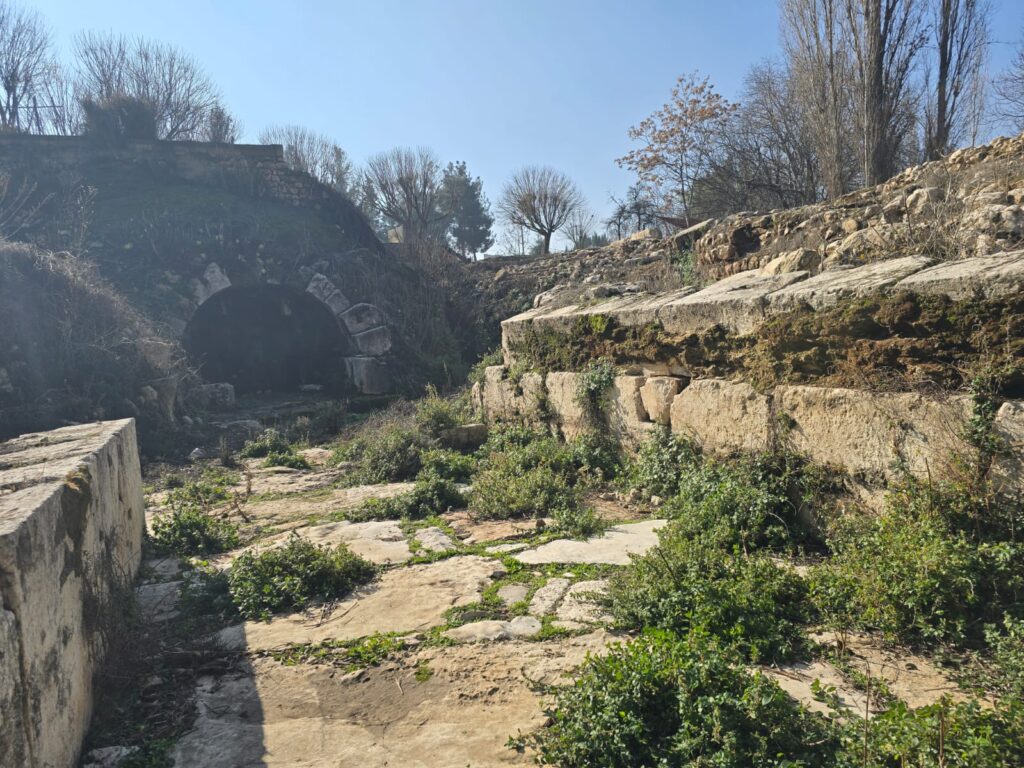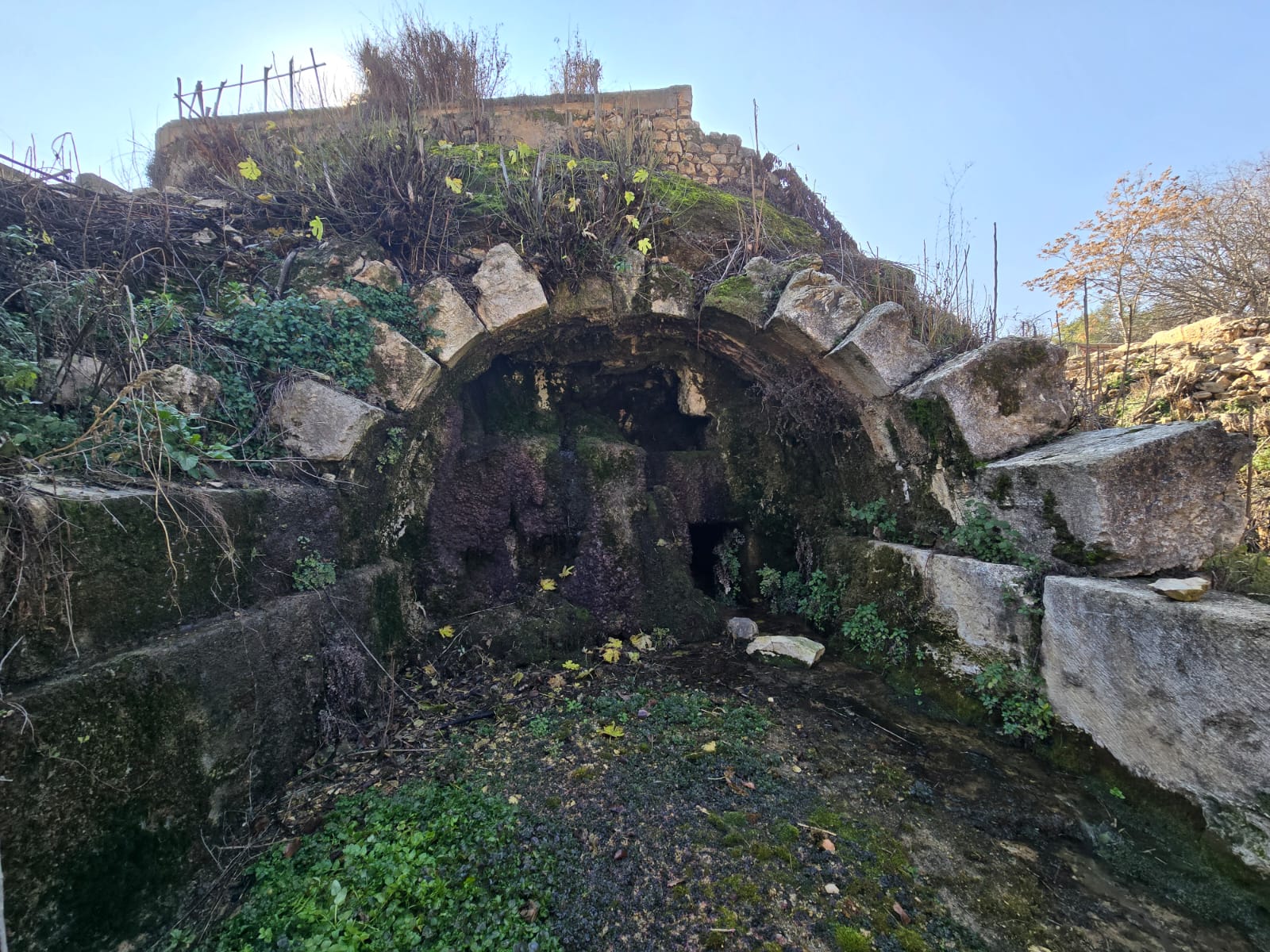Anjar features the remnants of a Roman-era Nymphaeum; a vaulted structure that rests on podium, connected through a long alleyway, and holding several niches where possible oil lamps and/or venerated statutes would be housed.
The structure size reflects its importance, being located on the ancient routes through which caravans, armies and travellers would cross.
Further archaeological studies may reveal additional information about the monument.
Karim Sokhn
Tour Operator & Tour Guide
